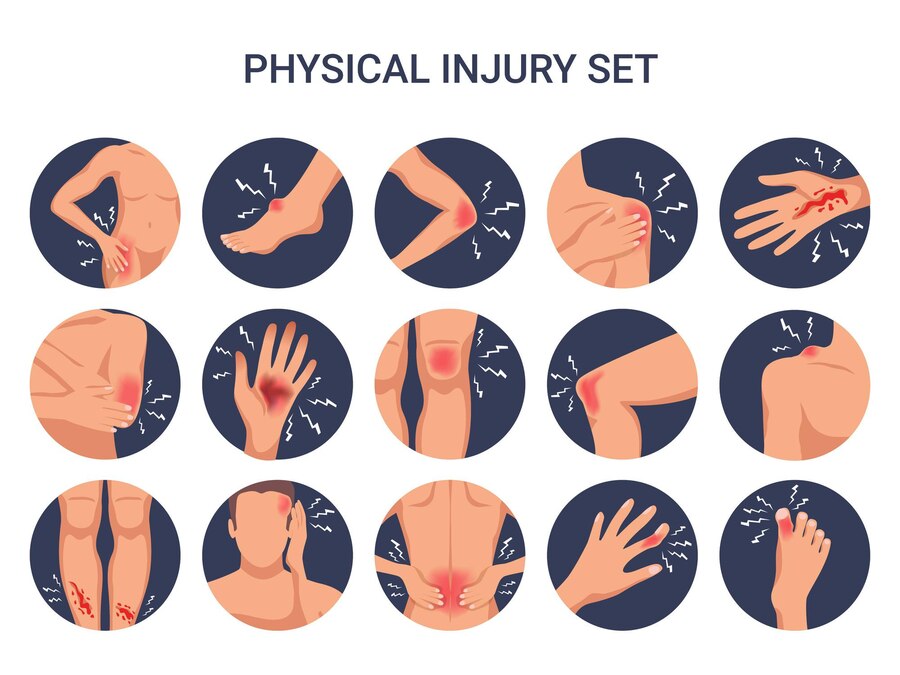Heat therapy, also known as thermotherapy, is a well-established method for alleviating pain and discomfort. By applying heat to the affected area, blood flow is increased, muscles are relaxed, and pain signals are reduced. This simple yet powerful technique can be used for a wide range of conditions, making it a valuable addition to any pain management toolkit.
Benefits of Heat Therapy
1. Increased Blood Flow:
Applying heat to the body dilates blood vessels, enhancing blood flow to the affected area. This increased circulation brings more oxygen and nutrients to the tissues, promoting healing and reducing pain.
2. Muscle Relaxation:
Heat helps to relax tense muscles, reducing stiffness and increasing flexibility. This is particularly beneficial for muscle spasms, cramps, and tension headaches.
3. Pain Signal Reduction:
Heat therapy can reduce the transmission of pain signals to the brain, providing a soothing effect and diminishing the perception of pain.
4. Improved Range of Motion:
Regular use of heat therapy can improve joint flexibility and range of motion, making it easier to perform daily activities and exercise.
Types of Heat Therapy
1. Dry Heat:
Dry heat includes methods such as heating pads, heat wraps, and infrared saunas. These provide consistent, penetrating heat and are easy to use.
2. Moist Heat:
Moist heat methods, such as warm baths, steamed towels, and moist heating packs, are often more effective than dry heat because they penetrate deeper into the muscles.
3. Paraffin Wax Treatments:
Paraffin wax treatments involve dipping the hands or feet in warm paraffin wax. This is particularly beneficial for conditions like arthritis, providing deep heat and relief from stiffness.
Practical Tips for Using Heat Therapy
1. Determine the Appropriate Temperature:
Ensure the heat source is warm, not hot, to avoid burns. The ideal temperature range is usually between 104°F (40°C) and 113°F (45°C).
2. Apply for the Right Duration:
Use heat therapy for 15-20 minutes at a time. For chronic conditions, it can be applied several times a day, while for acute injuries, shorter durations are recommended.
3. Use a Barrier:
Place a towel or cloth between your skin and the heat source to prevent burns and skin irritation.
4. Combine with Stretching:
Incorporate gentle stretching exercises before and after heat therapy to maximize muscle relaxation and flexibility.
5. Monitor Skin Condition:
Check the skin regularly during heat application to ensure there is no redness, blistering, or discomfort. If any adverse reactions occur, discontinue use immediately.
When to Use Heat Therapy
1. Chronic Pain:
Heat therapy is ideal for managing chronic pain conditions such as arthritis, fibromyalgia, and chronic back pain. It helps to relax muscles, reduce stiffness, and improve blood flow.
2. Muscle Spasms and Tension:
For muscle spasms, cramps, and tension headaches, heat therapy provides quick relief by relaxing the muscles and easing pain.
3. Joint Stiffness:
Applying heat to stiff joints before exercise or physical activity can improve range of motion and prevent injury.
4. Menstrual Cramps:
Heat therapy is effective in relieving menstrual cramps by relaxing the muscles of the uterus and increasing blood flow.
When to Avoid Heat Therapy
1. Acute Injuries:
Do not use heat therapy on acute injuries such as sprains, strains, or bruises within the first 48 hours, as it can increase inflammation and swelling.
2. Infections and Open Wounds:
Avoid applying heat to areas with infections, open wounds, or skin conditions like dermatitis, as it can exacerbate these conditions.
3. Certain Medical Conditions:
Consult with a healthcare provider before using heat therapy if you have conditions like diabetes, deep vein thrombosis, or vascular diseases, as these can affect how your body responds to heat.
Heat therapy is a versatile and effective method for managing pain and promoting healing. By understanding the benefits, types, and practical tips for using heat therapy, individuals can effectively incorporate this technique into their pain management routine. Whether dealing with chronic pain, muscle spasms, or joint stiffness, heat therapy offers a simple and accessible way to find relief and improve quality of life.




